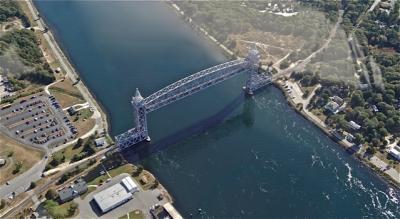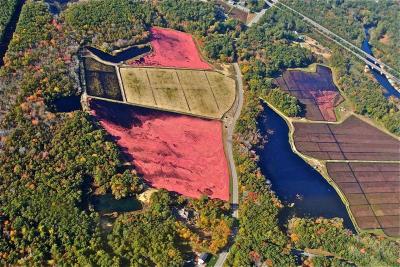Flights of fancy: Lionberger captures South Coast by air
A plane passes overhead and you look up. Have you ever wondered who might be flying it? What’s their story?
If the plane is small, yellow and cruising the tri-town skies, there’s a good chance Jim Lionberger is in the cockpit.
At 82 years old, Lionberger, a Marion resident, still navigates the sky over Buzzards Bay where he learned to fly as a teenager.
His first flights took place in Mattapoisett when he was 16. Since then he’s flown everything from Air Force jets (“It was exciting as hell.”) to glider planes with no engines (“All you hear is the ‘shhh’ of the wind.”)
His current plane is more conventional. Purchased in 1998, the 660-pound, two-seat aircraft is classified as “amateur built” under Federal Aviation Guidelines as Lionberger constructed it himself from a kit. The cockpit doors are plastic, which allow a clear view for his other passion – photography.
“In this plane we can talk to the birds, look at the fish. It’s got a lot different feel to it than a jet,” he said.
From the sky he has taken thousands of photos. He’s captured cruise ships docked in Newport R.I., sand bars off Cape Cod, tall ships in Sippican Harbor and many other sights.
On an early fall morning he prepared for a flyover of the tri-town. The plane is stored in Plymouth Municipal Airport hangar, where he begins the pre-flight safety check.
After that, he drags the plane onto the tarmac and starts the engine. Soon he is cruising at an altitude of a couple thousand feet in the air.
Up here the SEMASS plant appears to be a child’s toy. To the west, New Bedford’s commercial fishing fleet is clustered in the harbor.
Flying lets him observe the natural world from a new perspective. With a camera he documents changing seasons and shorelines. As waves and tides batter the coast there’s always something new to see, he says.
Since retiring in the mid 1990s, he logs about 70 to 100 hours of airtime per year. He earned a college degree in geophysics and intended to work for the oil industry.
After serving in the Air Force during the Korean War, he returned home to find that gasoline cost 12 cents a gallon, and there was little demand for his skill set.
So he found work as an insurance underwriter. “We insured the insurance companies,” he explains.
Throughout his career he found time to fly. In the past he was licensed to fly “just about any craft the Air Force had,” he said.
Some memorable flights include his first time in a sail plane, which relied on wind currents and thermal energy – not an engine – to stay aloft.
“You get into a thermal with a hawk, and he’s not happy to see you because he thinks you’re a bigger hawk,” he said.
Often he takes family aboard. Though he has to follow special instructions when his wife joins him: “I can only bank left because she doesn’t like to look down.”
Though up is exactly where you should look the next time you hear the whine of a small plane engine in the tri-town.
If it’s yellow give a wave. It just might be Lionberger.

















